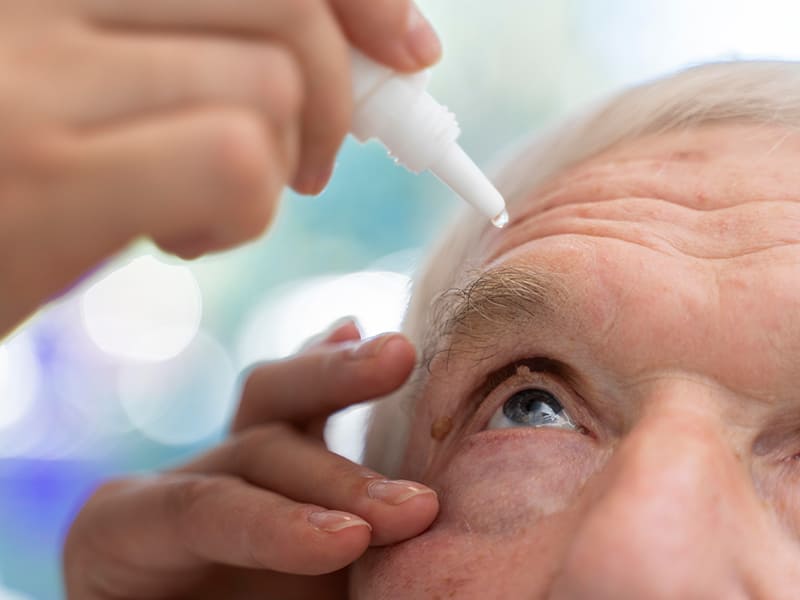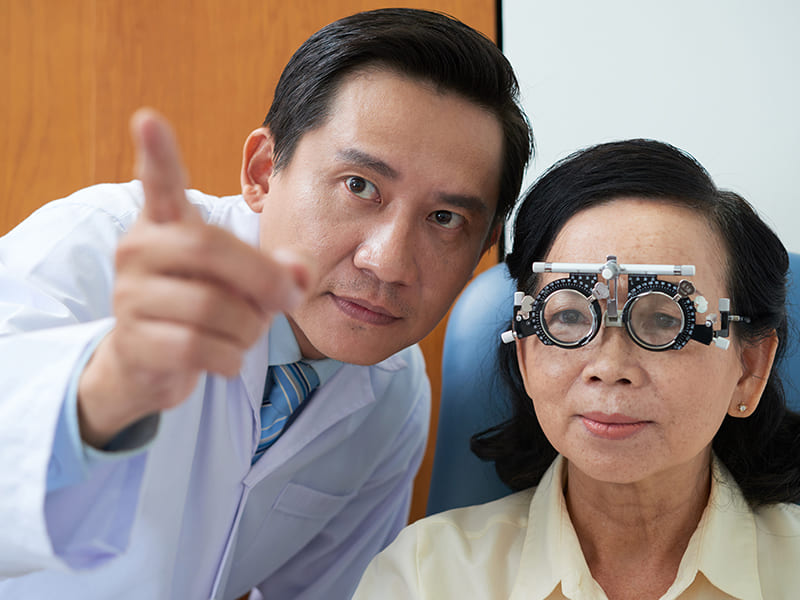- Everyday 9.30 AM – 6.30 PM


Vitreous degeneration is a condition that occurs in everyone as they age, especially after the age of 40. If you experience frequent flashes of light in your eyes, it is important to see an ophthalmologist for a check-up to reduce the risk of retinal detachment, which could lead to blindness.
This condition can occur after vitreous degeneration, causing distorted and blurry vision. It is often noticeable when comparing the vision between both eyes, especially if one eye is closed. Sometimes, people may not be aware of it. A visit to an ophthalmologist for pupil dilation and retinal scanning is necessary for diagnosis. Early surgery can improve the chances of restoring the retina to its normal function.
This condition typically occurs in older adults, starting from age 50, and is often caused by genetic factors. If you begin to notice difficulty seeing the central part of your vision or observe dark spots blocking your view, it is important to see an ophthalmologist as soon as possible to receive the best possible treatment for optimal results.
This condition occurs after having diabetes for a period of time. It is often a silent threat, with no blurry vision in the early stages, but the retinal cells are being permanently damaged. Diabetic patients should have regular eye check-ups to ensure timely treatment before permanent vision loss occurs.
Dr. Thanit Wongwibulsin
Ophthalmologist specialized in retinal diseases.
About us
We provide specialized eye care services by ophthalmologists with expertise and experience, using state-of-the-art medical equipment and standardized surgical rooms
Links
Contact us